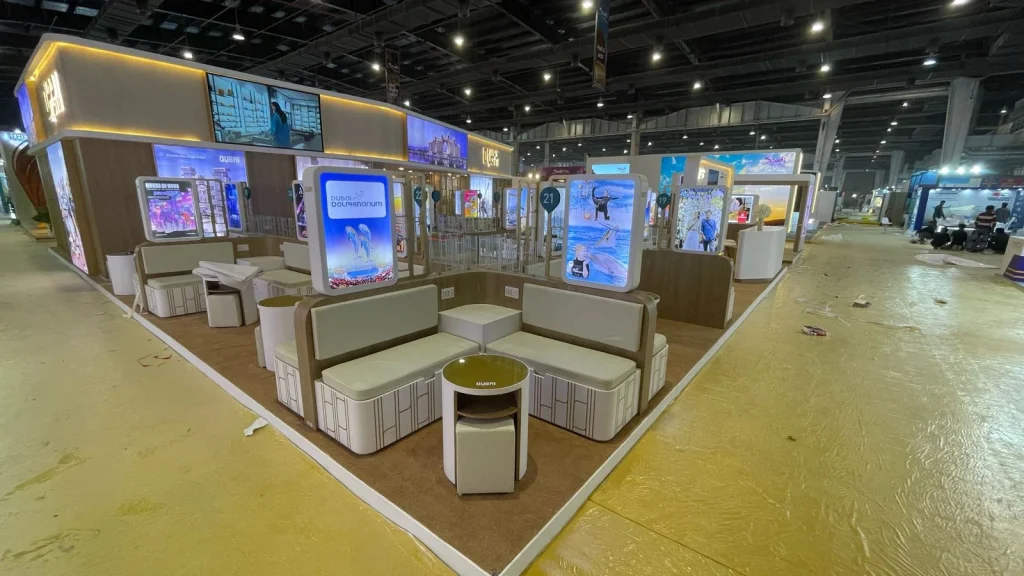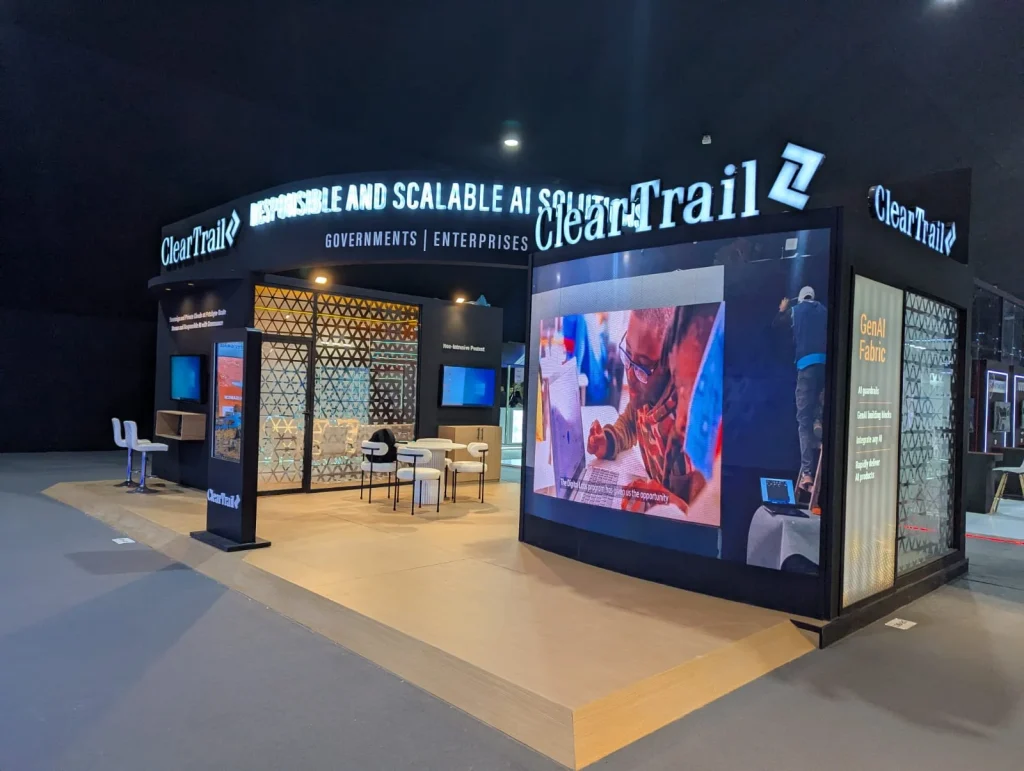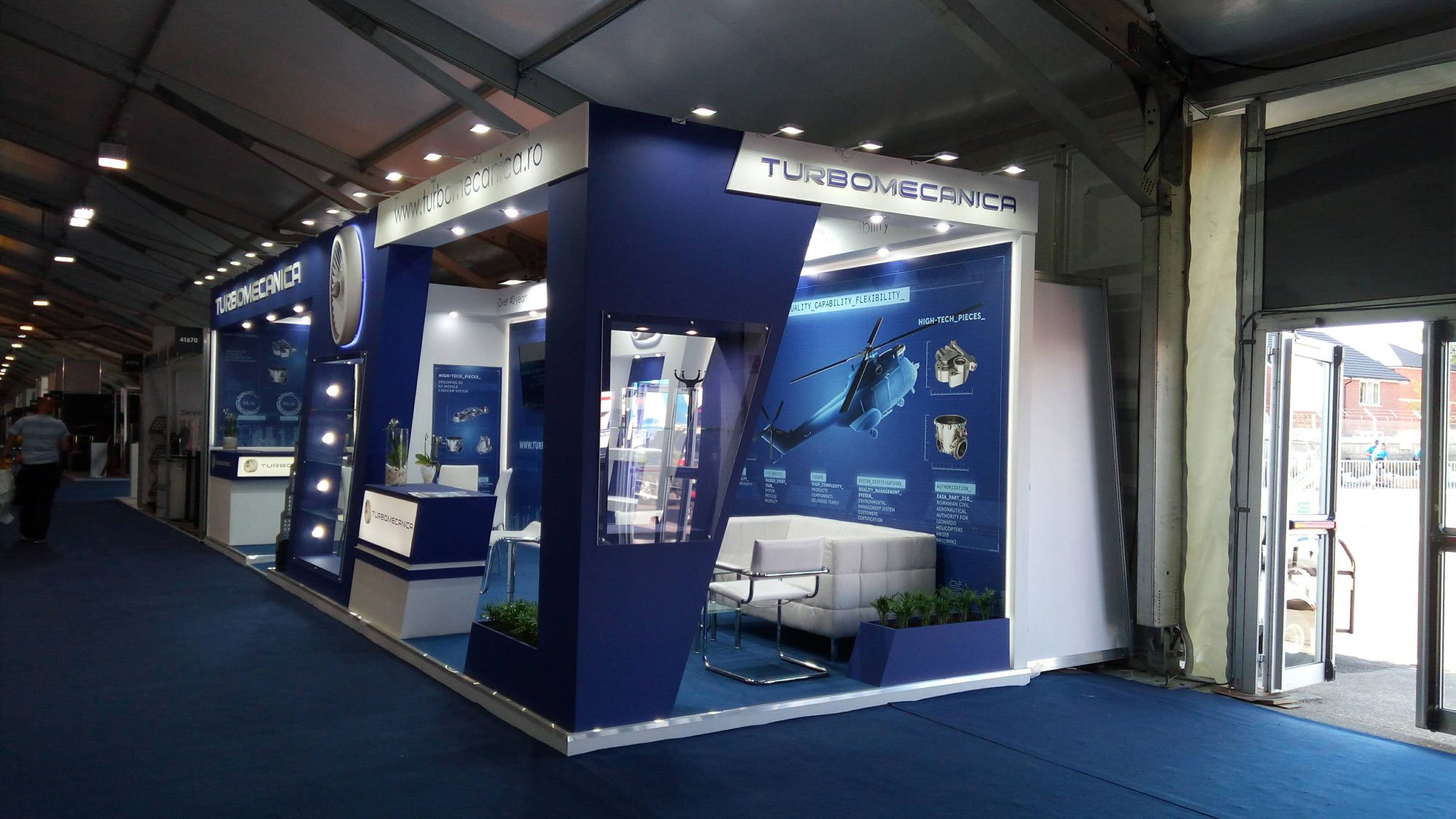
Introduction:
Sustainability is a critical consideration in today’s business environment, and achieving LEED (Leadership in Energy and Environmental Design) certification for your trade show booth design can significantly enhance your brand’s commitment to environmental stewardship.
LEED certification, developed by the U.S. Green Building Council (USGBC), is a globally recognized symbol of sustainability achievement. This blog will guide you through the process of designing and constructing a trade show booth that meets LEED certification standards.
1. Understanding LEED Certification:
What is LEED? LEED certification is a prestigious mark of quality and achievement in green building. It provides a framework for healthy, efficient, and sustainable building design, construction, operations, and maintenance.
- LEED Rating Systems: There are various LEED rating systems tailored to different types of projects, including LEED for Building Design and Construction, LEED for Interior Design and Construction, and LEED for Operations and Maintenance.
Levels of Certification: LEED certification is available at four levels, depending on the number of points earned in various categories:
- Certified: 40-49 points
- Silver: 50-59 points
- Gold: 60-79 points
- Platinum: 80+ points
2. Key LEED Categories for Trade Show Booth Design:
Sustainable Sites: Focus on minimizing the environmental impact of your booth’s location and installation.
- Site Selection: Choose venues with strong sustainability practices and good public transport links.
- Low-Impact Installation: Use methods that minimize damage to the venue and surrounding environment.
Water Efficiency: Implement strategies to reduce water use in your booth.
- Low-Flow Fixtures: Use water-efficient fixtures if your booth includes sinks or other water features.
- Reclaimed Water: Consider using reclaimed or greywater for non-potable applications.
Energy and Atmosphere: Optimize energy performance and use renewable energy sources.
- Efficient Lighting: Use LED lighting and energy-efficient electronics.
- Renewable Energy: Incorporate solar panels or other renewable energy sources if possible.
Materials and Resources: Select sustainable materials and manage waste effectively.
- Recycled Content: Use materials with high recycled content.
- Waste Reduction: Implement a waste management plan to recycle or compost materials.
Indoor Environmental Quality: Ensure a healthy indoor environment for booth staff and visitors.
- Low-VOC Materials: Use low-VOC paints, adhesives, and finishes.
- Air Quality: Incorporate plants or air-purifying systems to enhance air quality.
Innovation in Design: Implement innovative strategies that go beyond standard LEED requirements.
- Unique Sustainable Features: Include features that showcase cutting-edge sustainability practices.
- Educational Components: Provide educational materials about the sustainable aspects of your booth.
3. Steps to Achieve LEED Certification:
Pre-Design Planning: Begin with thorough planning to integrate LEED requirements from the start.
- Set Goals: Define clear sustainability goals for your booth design.
- LEED Accredited Professional (AP): Engage a LEED AP to guide the project and ensure compliance with LEED standards.
Design Phase: Develop detailed designs that incorporate LEED criteria.
- Schematic Design: Create a schematic design that outlines key sustainability features.
- Material Selection: Choose materials that meet LEED criteria for recycled content, low emissions, and sustainability.
Construction Phase: Ensure that the construction process adheres to LEED principles.
- Sustainable Practices: Use sustainable construction practices, such as minimizing waste and reducing energy use.
- Documentation: Keep detailed records of materials and processes used to support your LEED application.
Certification Process: Submit your application and documentation to the USGBC for review.
- Gather Documentation: Compile all necessary documentation, including material specifications, energy models, and waste management plans.
- Submit Application: Submit your application through the LEED Online platform.
- Review and Feedback: Respond to any feedback from the USGBC and provide additional information if needed.
4. Practical Tips for Achieving LEED Certification:
Collaborate with Experts: Work with architects, designers, and builders who have experience with LEED certification.
- Experienced Team: Choose a team with a proven track record in sustainable design and LEED certification.
- LEED AP: Ensure at least one team member is a LEED Accredited Professional.
Innovative Design Solutions: Incorporate innovative and sustainable design solutions to maximize LEED points.
- Multi-Functional Spaces: Design multi-functional spaces that can be reconfigured for different uses.
- Renewable Materials: Use rapidly renewable materials such as bamboo and cork.
Efficient Use of Resources: Focus on the efficient use of resources to meet LEED criteria.
- Energy Efficiency: Use energy-efficient lighting and appliances to reduce energy consumption.
- Water Conservation: Implement water-saving measures such as low-flow fixtures and waterless urinals.
Continuous Improvement: Adopt a mindset of continuous improvement to maintain and enhance your booth’s sustainability.
- Regular Audits: Conduct regular audits to identify opportunities for improvement.
- Feedback Loop: Gather feedback from booth staff and visitors to improve future designs.
Conclusion:
Achieving LEED certification for your trade show booth design is a testament to your commitment to sustainability and environmental responsibility. By following the guidelines and strategies outlined in this blog, you can create a booth that not only meets LEED standards but also stands out as a model of sustainable design.
Embracing LEED certification helps to reduce environmental impact, enhances your brand’s reputation, and sets a positive example for the industry. As more businesses recognize the importance of sustainability, LEED-certified booths will become a standard for excellence in trade show design.

 Global
Global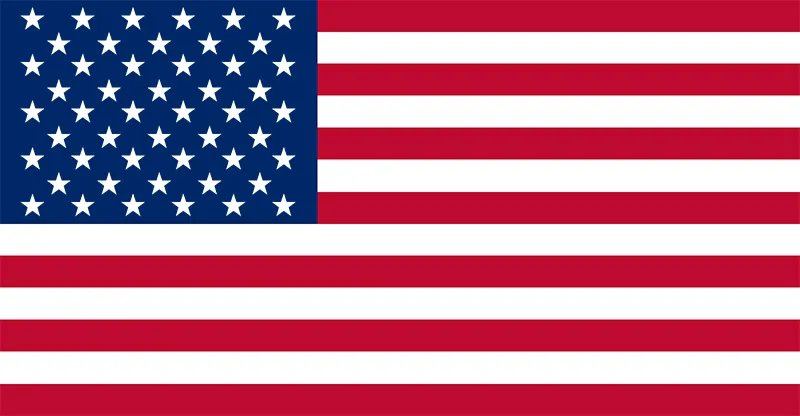 USA
USA